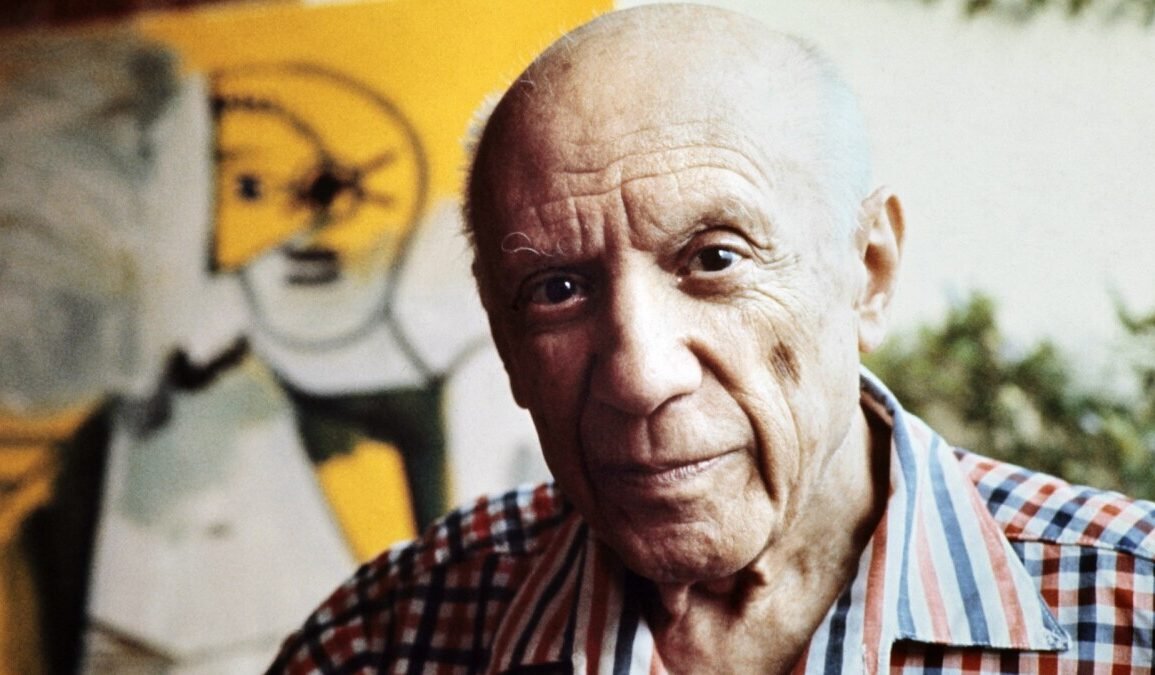He was one of the most prolific artists of the twentieth century, one of the initiators of cubism, increasingly questioned for his numerous and conflictive relationships with women.
Pablo Ruiz Picasso died 50 years ago and the world pays this Saturday (04.08.2023) tribute to the one who was one of the great geniuses who revolutionized the history of art with events and exhibitions that celebrate his work and his artistic heritage. Different countries in Europe and America celebrate acts and explosions in memory of Picasso, born in Malaga on October 25, 1881, and died in the French town of Mougins on April 8, 1973.
Eight museums, six in Spain and two in France are dedicated to him in cities linked to his biography: in his hometown of Malaga -where there are two museums-, in Barcelona and Madrid, where he studied, in A Coruña, Paris and Antibes, where he lived and worked. Another is in the Catalan city of Horta de Sant Joan, which helped stimulate cubism. But is Picasso still important to young people?
Markus Müller is the director of the Pablo Picasso Museum in Münster, the only one dedicated to the artist in Germany. “He is an important figure for everyone who is creative,” he says. However, much of the most current avant-garde points “rather” to Marcel Duchamp, his “great intellectual and conceptual counterpart”. For the youngest, he is no longer as “provocative” as he was in his time, but he is still a great “stimulus,” says Müller making a pun in German.
Feminist criticism: prolific not only in art
Picasso’s life and work would be inconceivable without women like Dora Maar, Françoise Gilot or Jacqueline Roque. The artist, with a captivating dominant personality, had many partners and love affairs. And his treatment of women has come under increasing criticism as part of the “MeToo” movement. In America, he “is sometimes mentioned in the same breath as Harvey Weinstein and Woody Allen,” says Müller.
He left around 16,000 paintings and drawings, 1,200 sculptures, 3,000 ceramics and thousands of lithographs, the most extensive work of a visual artist in the 20th century, from the ‘Ladies of Avignon’ to ‘Guernica’ .‘. But he also made cultural appropriations “completely uncritically,” according to Müller, such as with African masks and sculptures in a colonial context. The Münster Museum addressed this in a special show in 2022 and currently shows Picasso in “A Collector’s Choice – Picasso, Miró, Schlemmer, Kirchner & Co.” along with other classic masters of modern art. With the “Given to Show” exhibition, part of the “Celebration of Picasso 1973-2023” that honors the artist around the world under the auspices of the Picasso Museum in Paris, the one in Münster focuses on highlighting his ability for marketing and his penchant for a self-portrait.
The National Museum of Fine Arts (MNBA) in Buenos Aires has also just inaugurated the exhibition “Picasso in the Museum’s Heritage” in Argentina, which brings together more than 30 of his works -including engravings, drawings, paintings and ceramics- from different periods paintings and the different styles of the painter from Malaga, in which there is a large presence of the artist’s wives, the most controversial chapter of his life but which they have rescued since, says its director, Andrés Duprat, they are “against the cancellations” .
Meanwhile, prices for his works have continued to rise, says Anne Rinckens of the Van Ham auction house in Cologne. For the first time in more than 25 years, with “Buste de femme” (1971) a major painting by Picasso will be available on the German art market. Van Ham will put it up for auction on June 5 with an initial estimate of seven figures.





